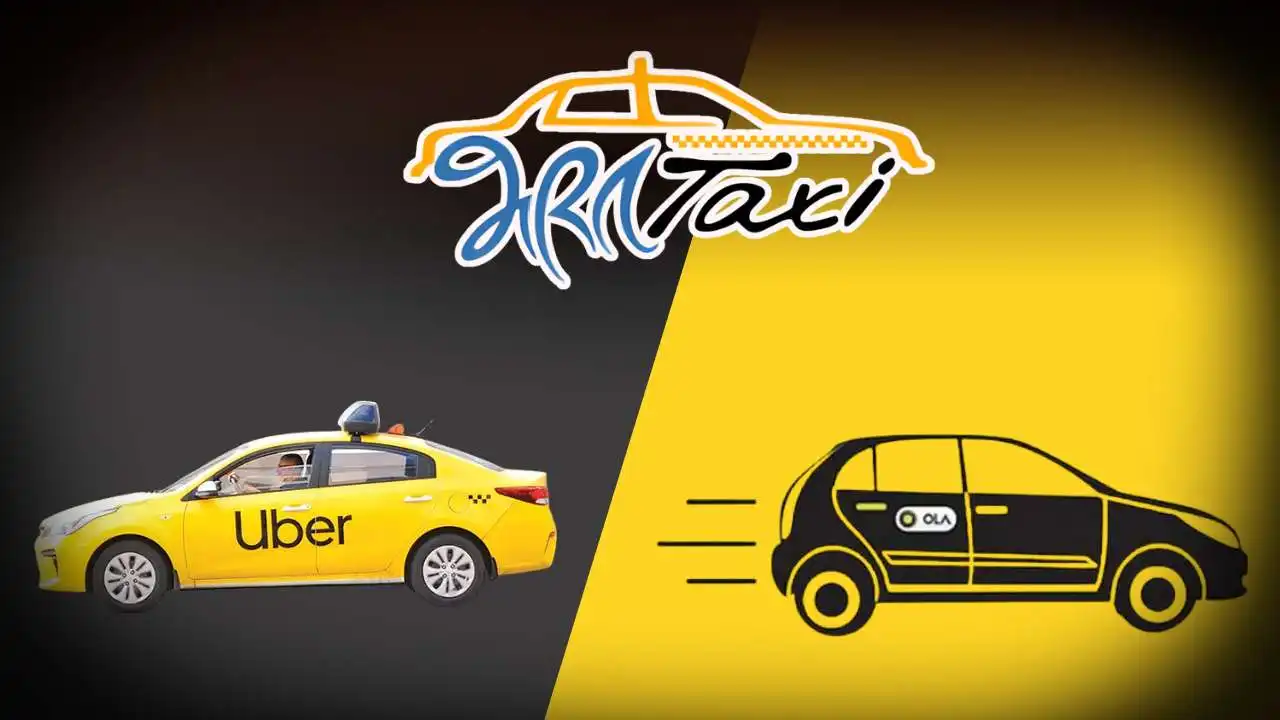India is preparing to introduce its very own ride-hailing platform, Bharat Taxi, a government-backed initiative designed to create fairer opportunities for drivers and more affordable rides for passengers. Set to begin pilot operations next month in New Delhi, this ambitious project aims to bring a new level of transparency, inclusivity, and competition to India’s mobility ecosystem.
Government Steps into the Ride-Hailing Space
For over a decade, private companies like Ola and Uber have dominated India’s cab-hailing industry. However, rising driver dissatisfaction, high commissions, and surge pricing have created a need for an alternative. Bharat Taxi enters this landscape as a government-supported cooperative model, aiming to bridge the gap between private profit-driven operations and public service-oriented transportation.
The pilot phase will begin in New Delhi with around 650 vehicles and 5,000 drivers, including both men and women. Following the initial rollout, the platform plans to expand to major cities by the end of 2025 and reach about 20 cities by 2026, including Pune, Lucknow, Bhopal, and Jaipur. By 2030, Bharat Taxi hopes to onboard over one lakh drivers and extend services to smaller towns and district headquarters across the country. The initiative will be managed by Sahakar Taxi Cooperative Limited (STCL), operating under the guidance of the National e-Governance Division (NeGD) and the National Cooperative Development Corporation (NCDC).
A Cooperative Model for Fairer Rides
Bharat Taxi stands out because of its cooperative ownership structure. Instead of following the traditional commission-based model used by private ride-hailing giants, drivers under Bharat Taxi will retain full ownership of their earnings. This not only ensures better financial stability but also fosters a sense of empowerment and belonging among the driver community.
For passengers, the benefits are equally promising. The app aims to eliminate surge pricing and minimize ride cancellations, ensuring affordable and reliable service for commuters. By focusing on equitable pricing and driver welfare, Bharat Taxi seeks to strike a balance between passenger satisfaction and driver income security — a challenge that has long plagued the industry.
Technology, Expansion, and Impact
Bharat Taxi’s success will rely heavily on its technology and scalability. The government is expected to integrate advanced digital tools and multilingual support to ensure accessibility for users across different regions. Plans are underway to link the app with national digital platforms like UMANG and DigiLocker, enhancing convenience and verification processes for both drivers and passengers.
If executed well, Bharat Taxi could transform India’s ride-hailing landscape by fostering healthy competition and encouraging other players to improve driver benefits and pricing transparency. It may also serve as a stepping stone toward bringing organized mobility services to rural and semi-urban regions that remain underserved by private aggregators.
The Road Ahead for Bharat Taxi
While the idea is ambitious, the challenges ahead are real. Scaling operations from 650 vehicles to one lakh drivers requires significant coordination, funding, and consistent service quality. User experience, reliability, and driver satisfaction will determine whether Bharat Taxi can truly compete with private giants like Ola and Uber.
Still, the timing seems right. With growing demand for affordable and transparent mobility, Bharat Taxi could emerge as a model that blends technology, cooperation, and public interest. If it succeeds, it won’t just be another ride-hailing app — it will be a movement towards democratizing mobility for every Indian.
